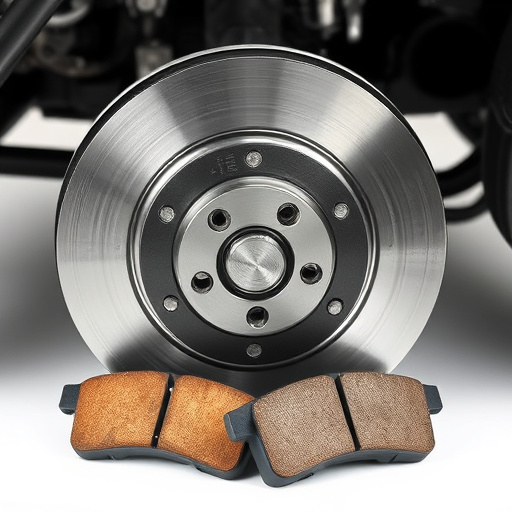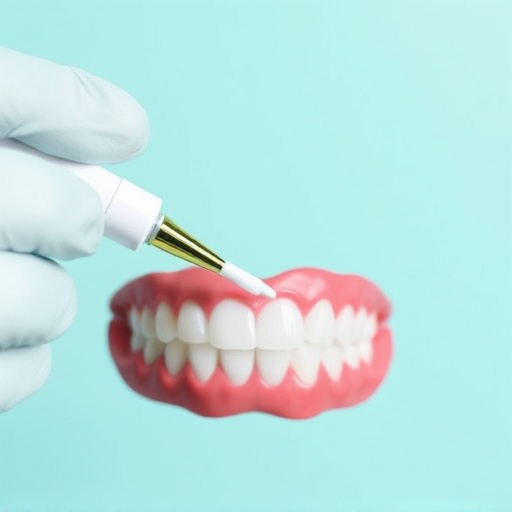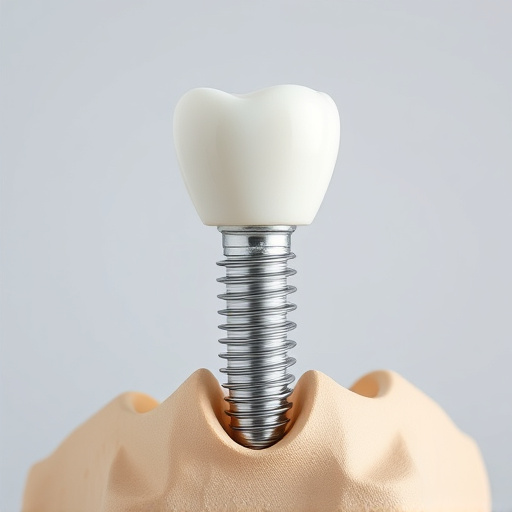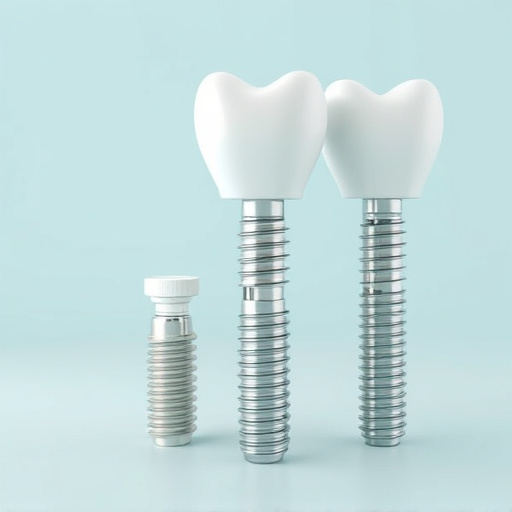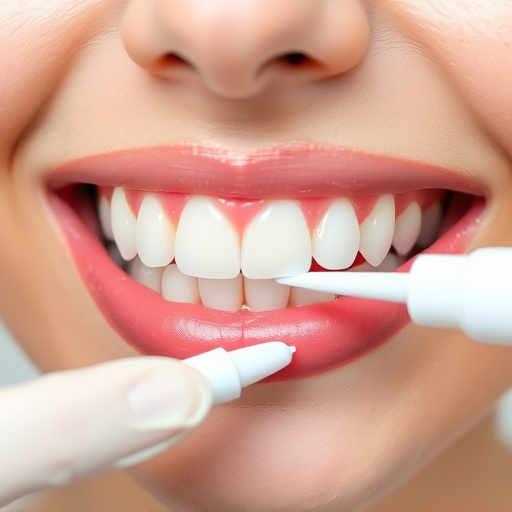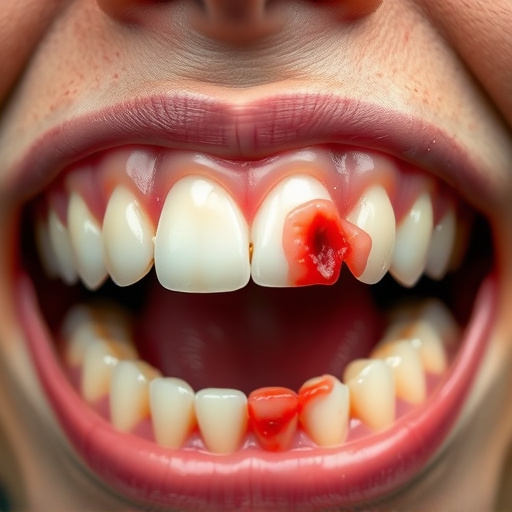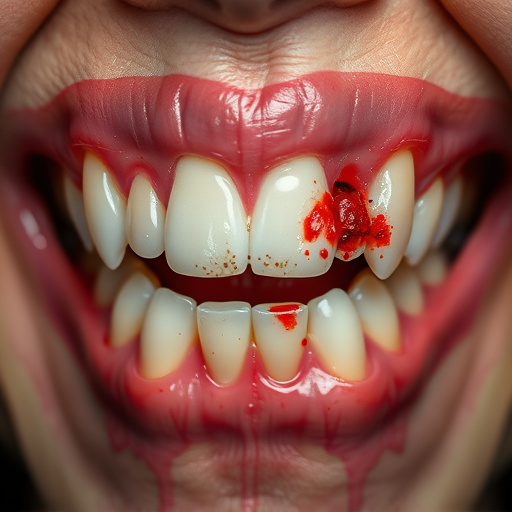Dental crowns and bridges are essential tools for general dentistry, offering versatile solutions for damaged or missing teeth. Crowns, custom-made caps, enhance strength and aesthetics while sealing off tooth structures. Bridges act as connectors between crowns, providing artificial teeth for multiple-tooth restoration, blending with natural teeth for a seamless look. These treatments restore chewing functionality, speech clarity, and overall oral health, suitable for various dental issues across different age groups.
“Experience full-mouth restoration with dental crowns and bridges, advanced solutions for a healthy, confident smile. This comprehensive guide explores your options for replacing missing teeth and restoring oral health. Learn how dental crowns provide strong, long-lasting support for individual teeth while bridges create a seamless connection between restorations. Discover the latest materials and types available, tailored to meet your unique needs. Revitalize your smile with expert insights on these transformative treatments.”
- Understanding Dental Crowns and Their Function
- The Role of Bridges in Full Mouth Restoration
- Materials and Types of Dental Crowns and Bridges
Understanding Dental Crowns and Their Function

Dental crowns have long been a cornerstone of general dentistry, serving as a versatile solution for restoring damaged or weakened teeth. These custom-made caps are fitted over the remaining portion of a tooth after it has been prepared by a dentist. Their primary function is to enhance both the strength and aesthetics of the tooth, effectively hiding any imperfections or damage beneath its smooth surface. By sealing off the inner tooth structure, crowns also help prevent further decay and infection.
In cases where multiple teeth require restoration, dental bridges offer a seamless alternative. This procedure involves placing artificial teeth (called pontics) between two dental crowns, serving as a bridge to connect them. Pontics can be crafted from various materials, including ceramic, ensuring they blend naturally with surrounding teeth. Together, dental crowns and bridges provide a full-mouth restoration, restoring not just the functionality but also the beauty of one’s smile, all while supporting overall oral health through enhanced chewing ability and improved speech.
The Role of Bridges in Full Mouth Restoration
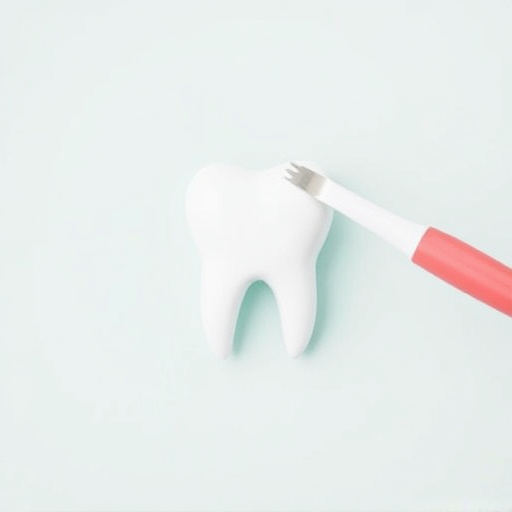
In full mouth restoration, dental bridges play a pivotal role by serving as a connecting link between dental crowns. These structures are designed to replace missing teeth, bridging the gap left by extractions and restoring both form and function. By securely fastening artificial teeth in place, bridges ensure a seamless fit with existing dental crowns, enhancing chewing efficiency and speech clarity.
Moreover, dental bridges offer a more natural appearance compared to traditional dentures, making them an attractive option in cosmetic dentistry. The process involves preparing adjacent healthy teeth as anchors for the bridge, which is then crafted to match the shape, size, and color of the natural teeth. This precision craftsmanship ensures not just structural stability but also aesthetic harmony, contributing to improved self-confidence for patients seeking a complete dental restoration solution.
Materials and Types of Dental Crowns and Bridges

Dental crowns and bridges are integral components of full mouth restoration, offering both functional and aesthetic solutions for various dental issues. These restorative treatments are designed to mimic natural teeth in form and function, providing long-lasting results. Crowns, for instance, are custom-fitted caps that cover a damaged or weakened tooth, restoring its size, shape, and strength. They can be crafted from diverse materials, including ceramic, porcelain, metal alloys, or a combination of these, ensuring both durability and aesthetic appeal.
Bridges, on the other hand, serve as a fixed alternative to dentures, spanning gaps left by missing teeth. They consist of one or more artificial teeth (called pontics) held in place by abutments, which are attached to surrounding natural teeth. Like crowns, bridges can be constructed from various materials, with modern options prioritizing aesthetics and biocompatibility. For instance, zirconia bridges offer excellent strength and a natural tooth-like appearance, while resin composite bridges are more cost-effective and suitable for smaller gaps. Even wisdom tooth removal and children’s dentistry often lead to crown or bridge placements, emphasizing their versatility in comprehensive oral care.
Dental crowns and bridges offer comprehensive solutions for full mouth restoration, addressing both functional and aesthetic concerns. By understanding their roles and available materials, patients can make informed decisions towards achieving a healthy, complete smile. Whether it’s crowns to cap individual teeth or bridges to span gaps, these treatments provide lasting results, ensuring comfort and confidence in one’s oral health.







